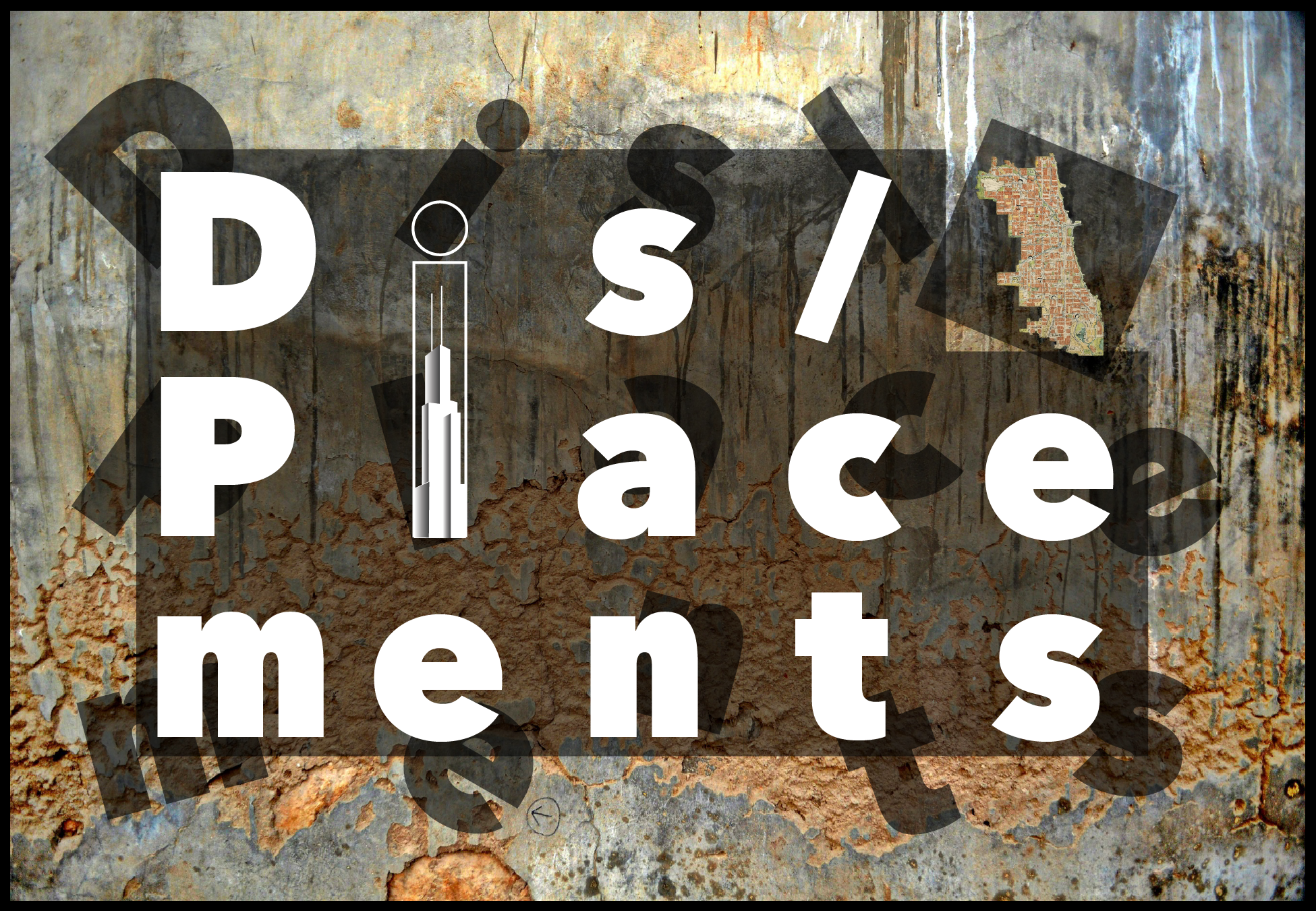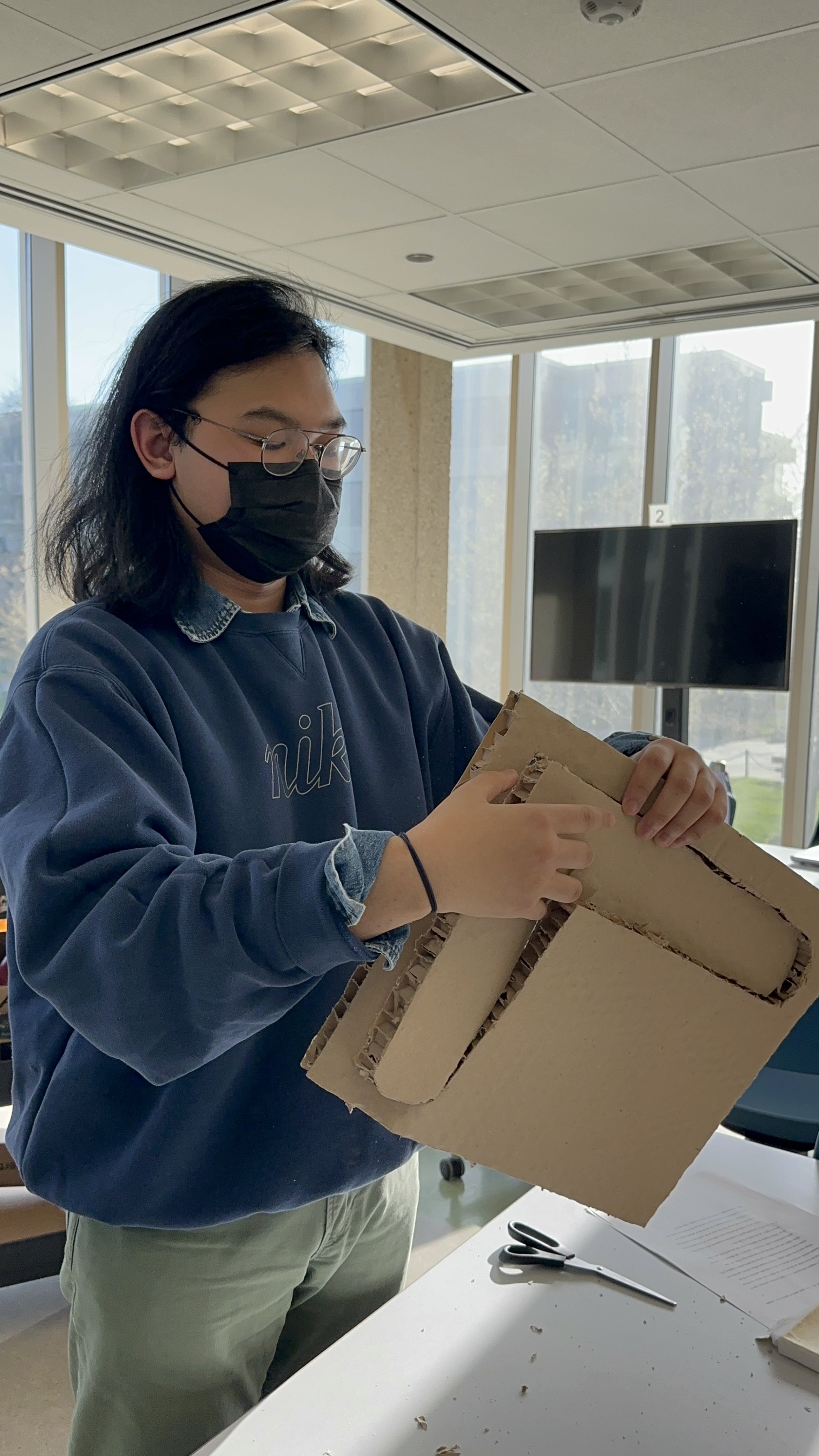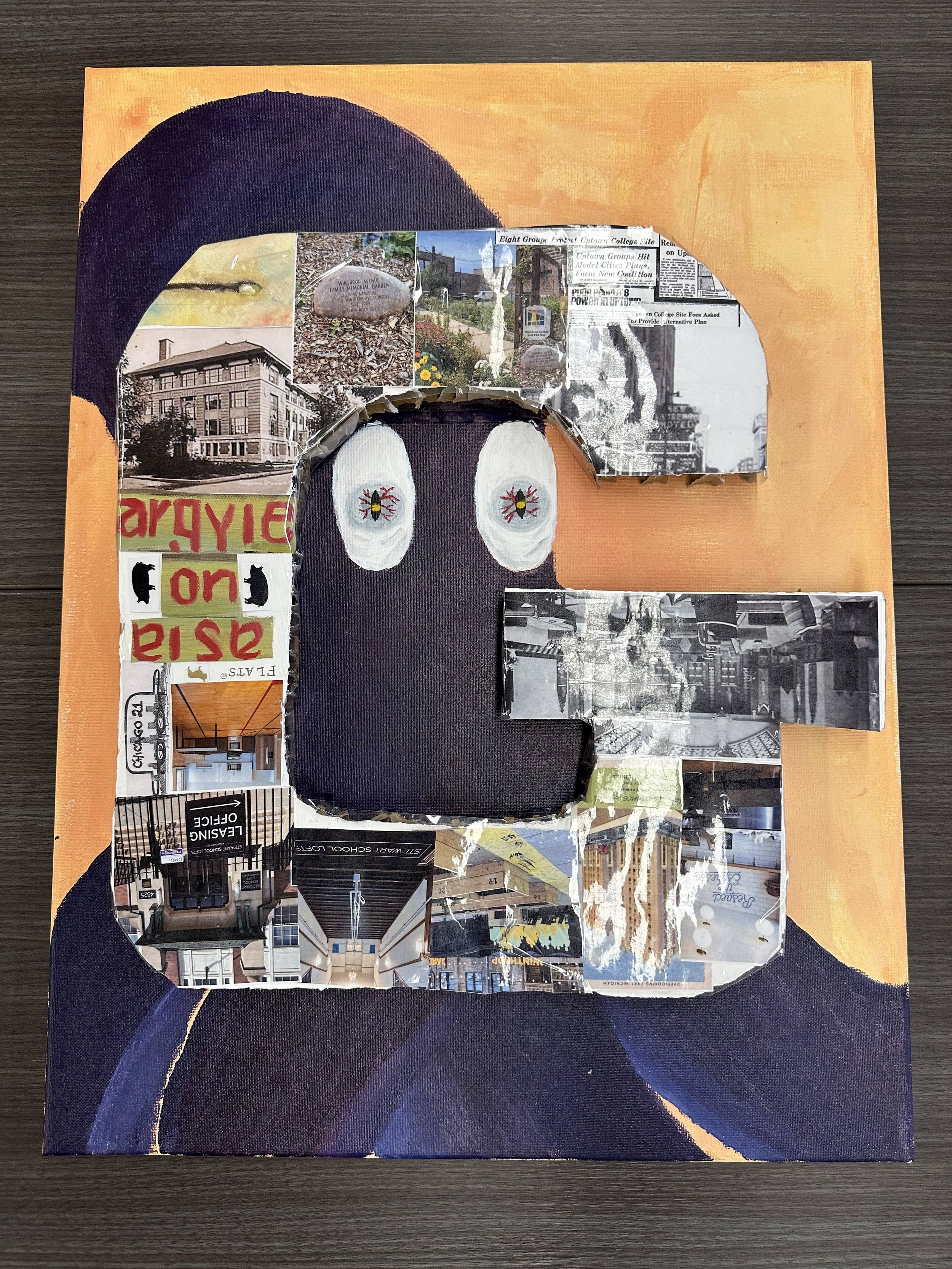Uptown Countermap1

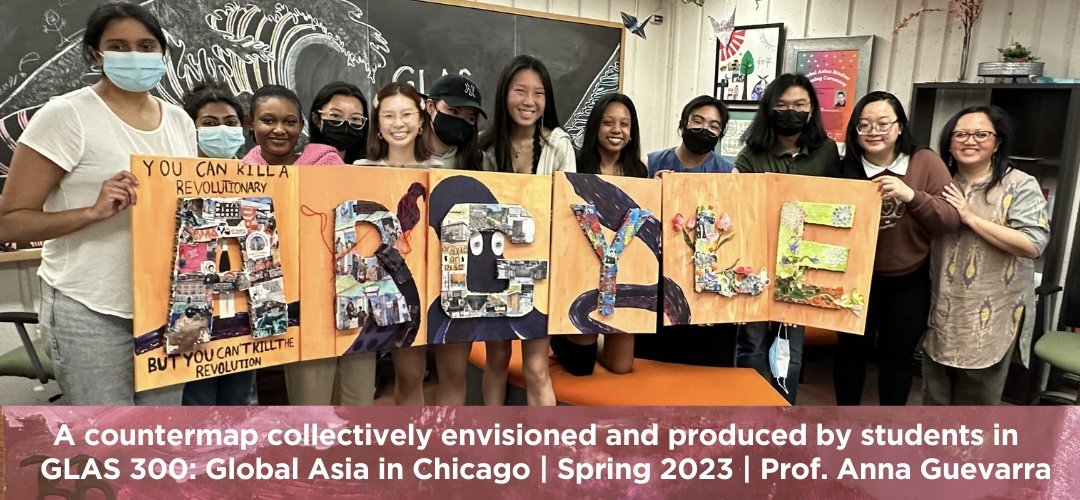
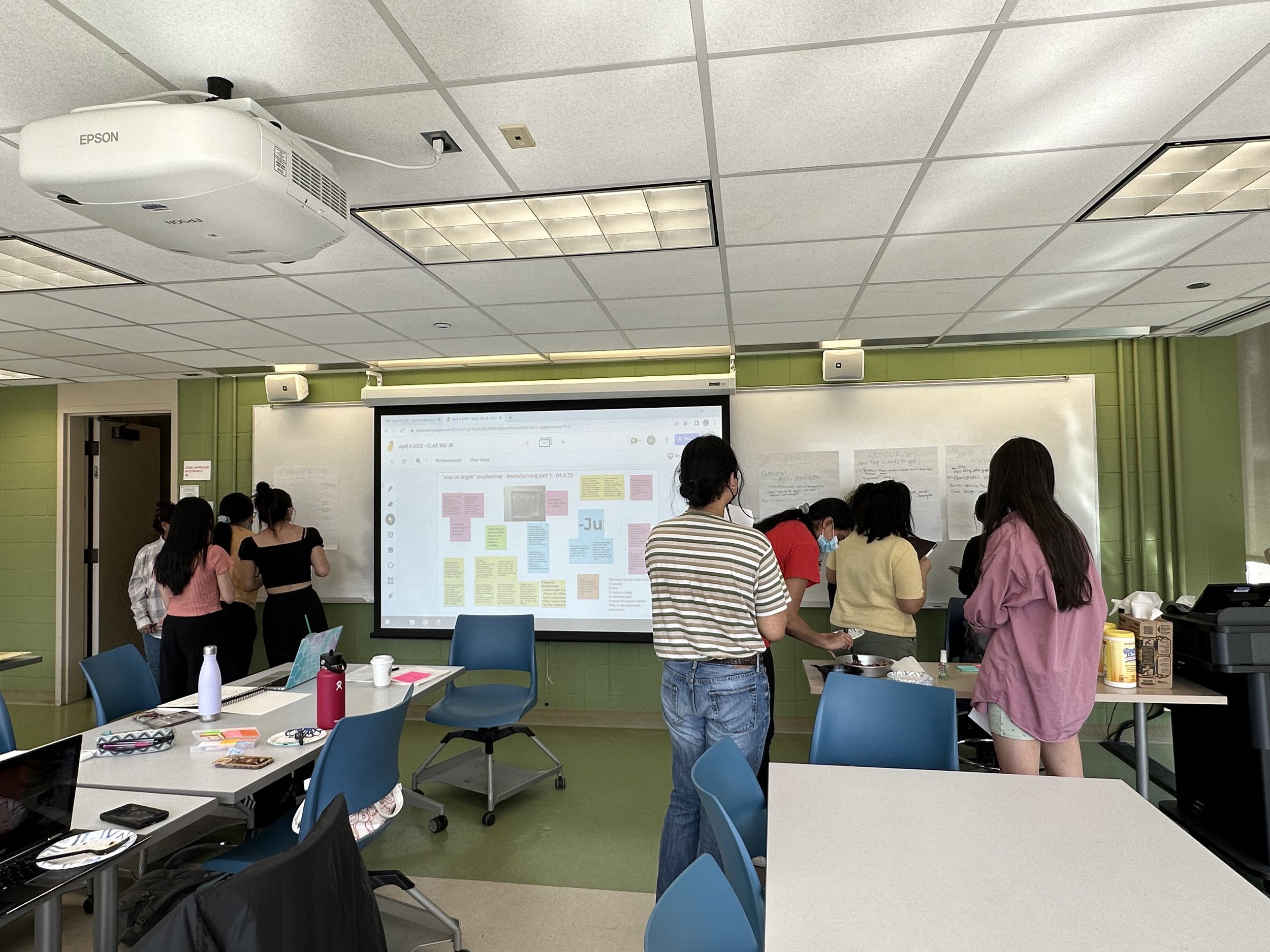





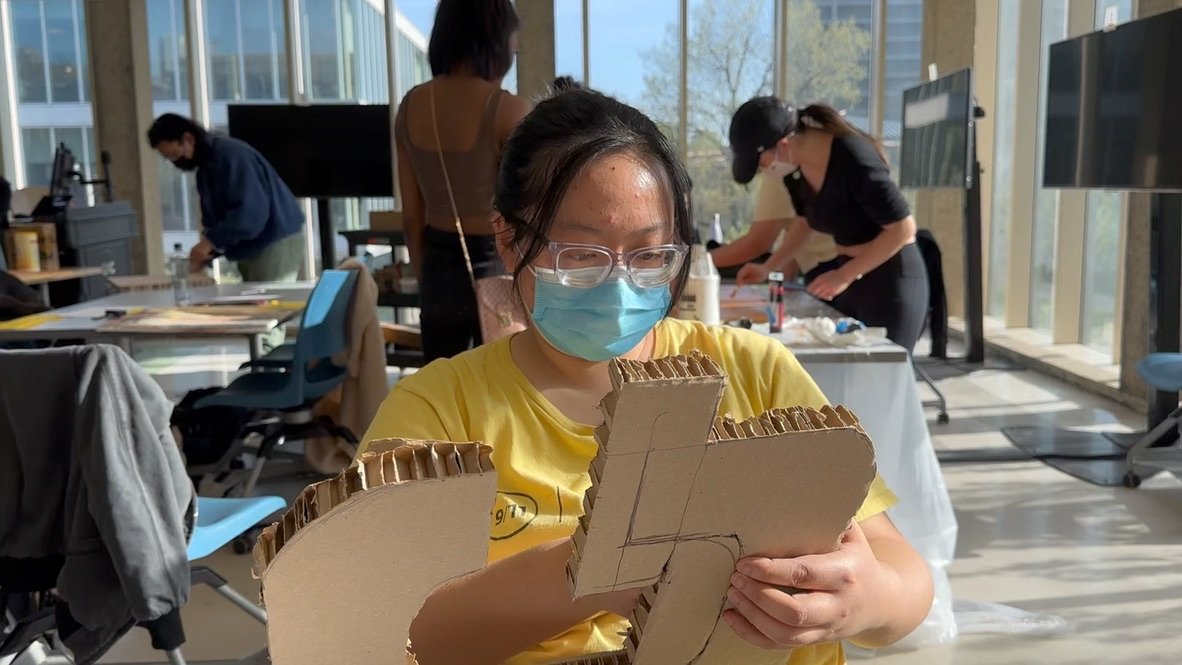
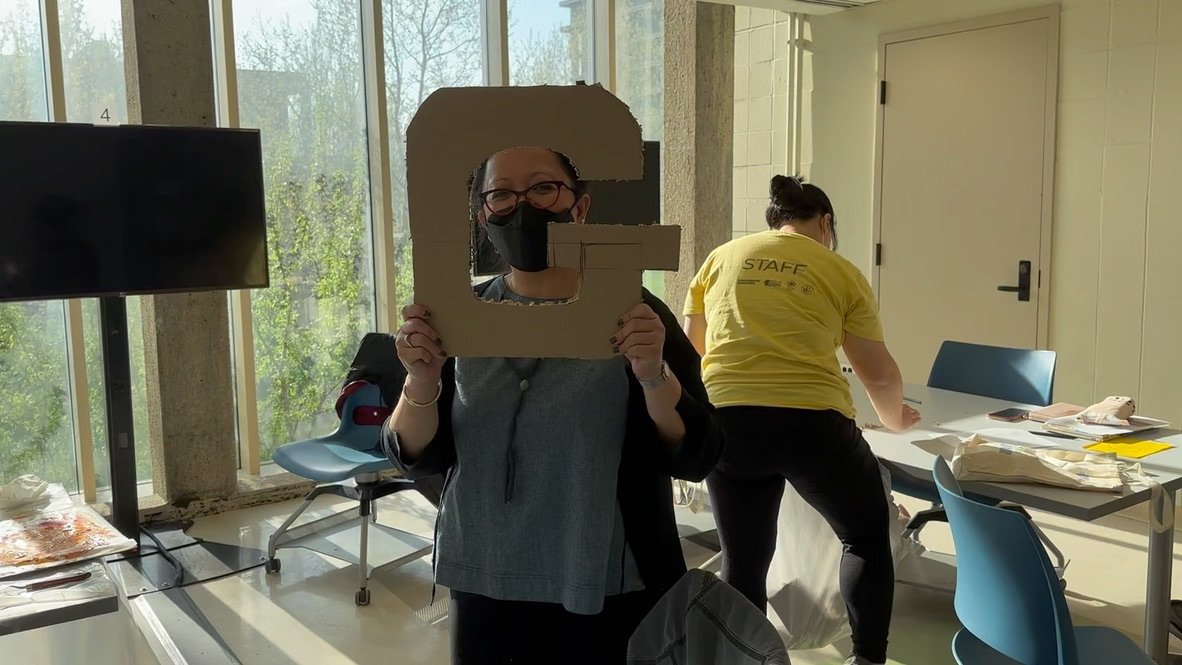
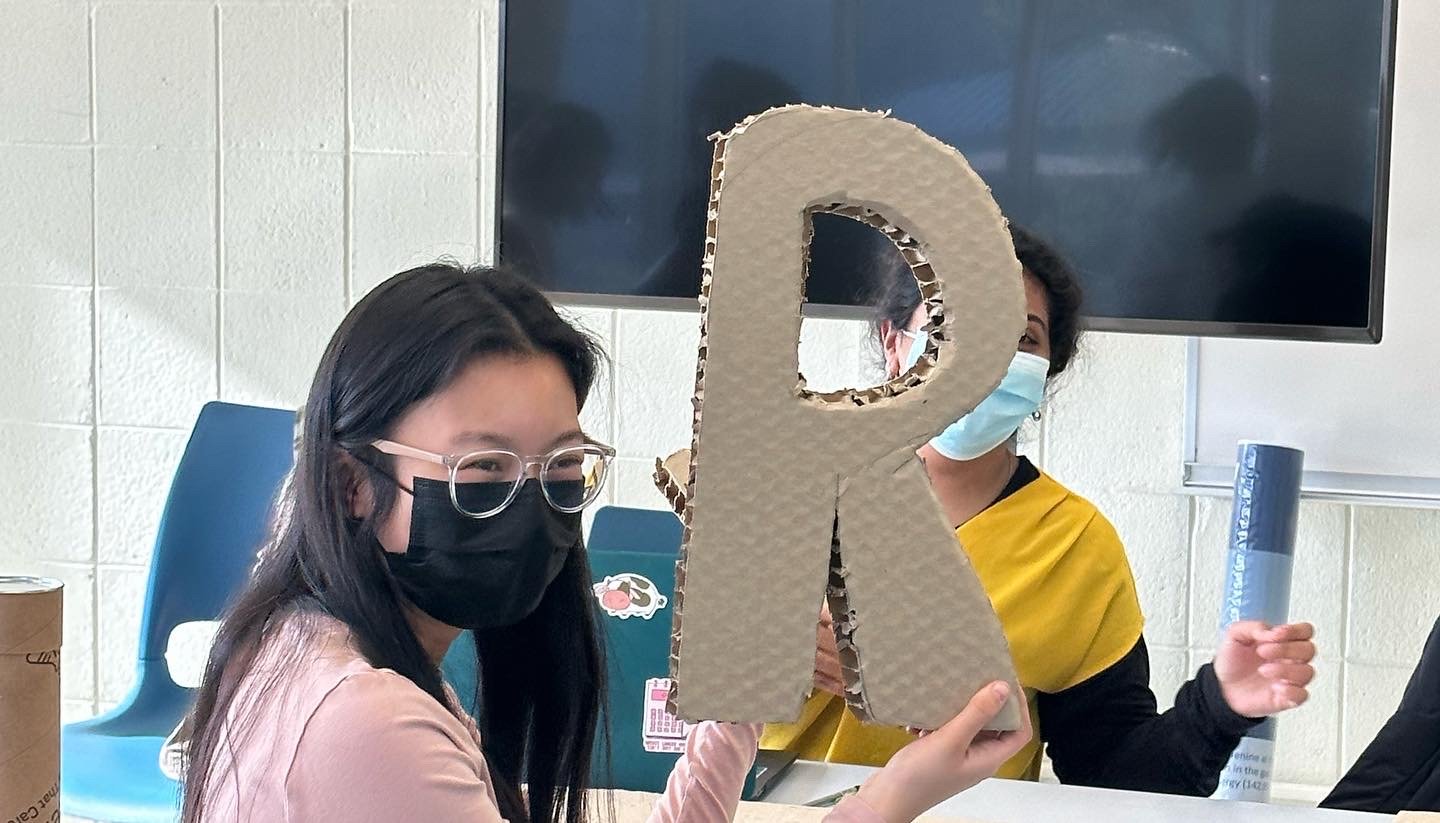




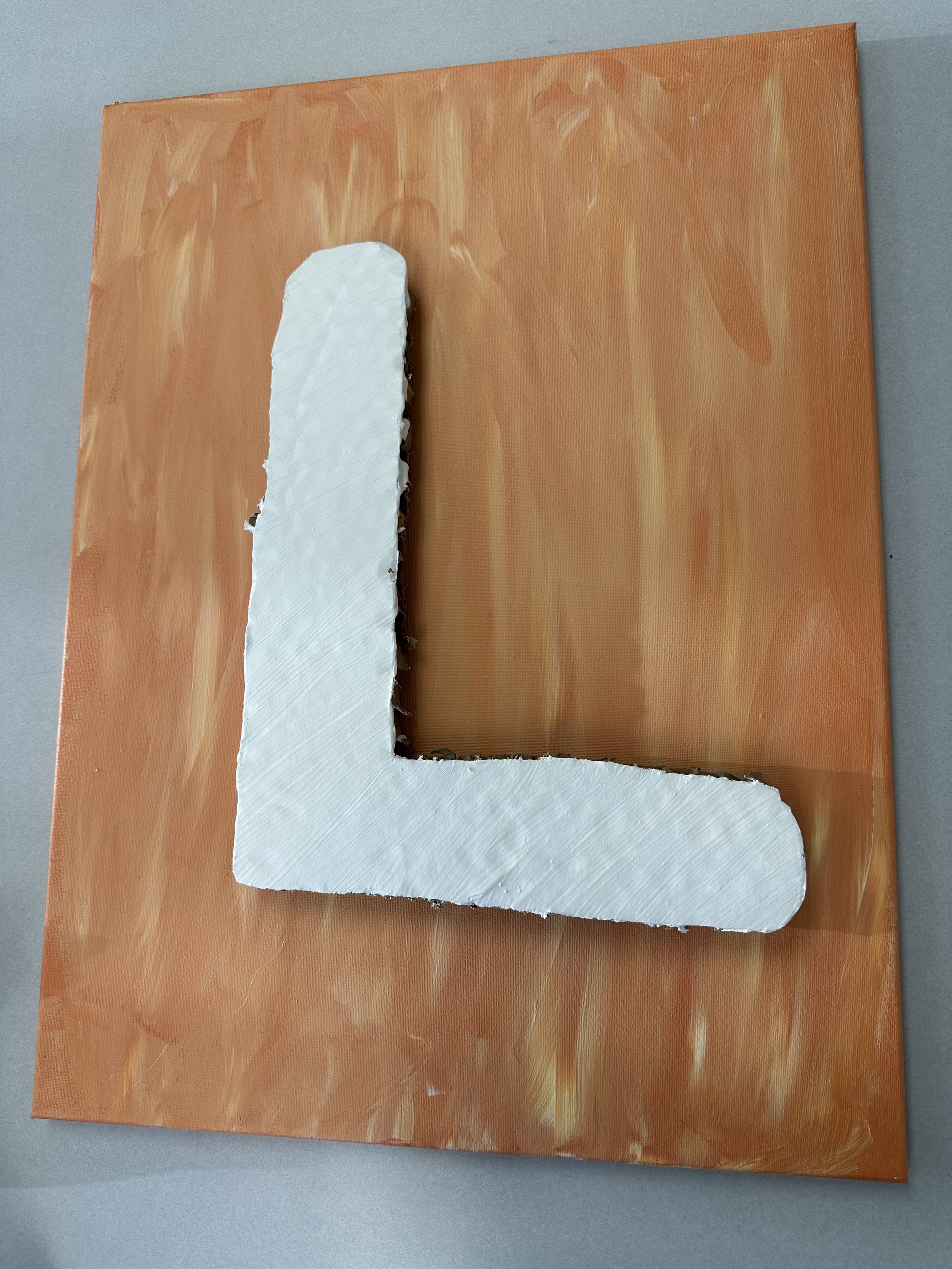

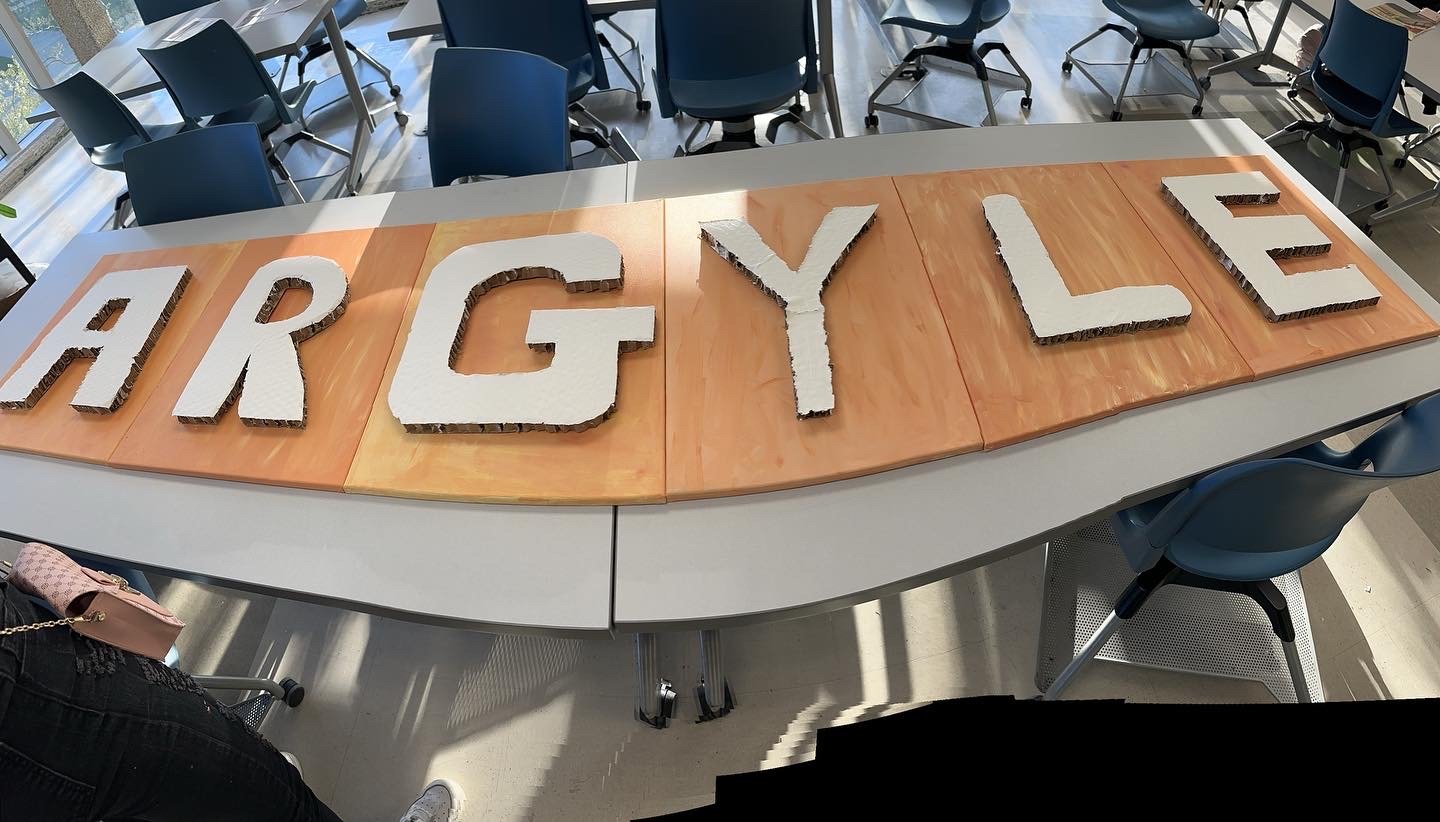





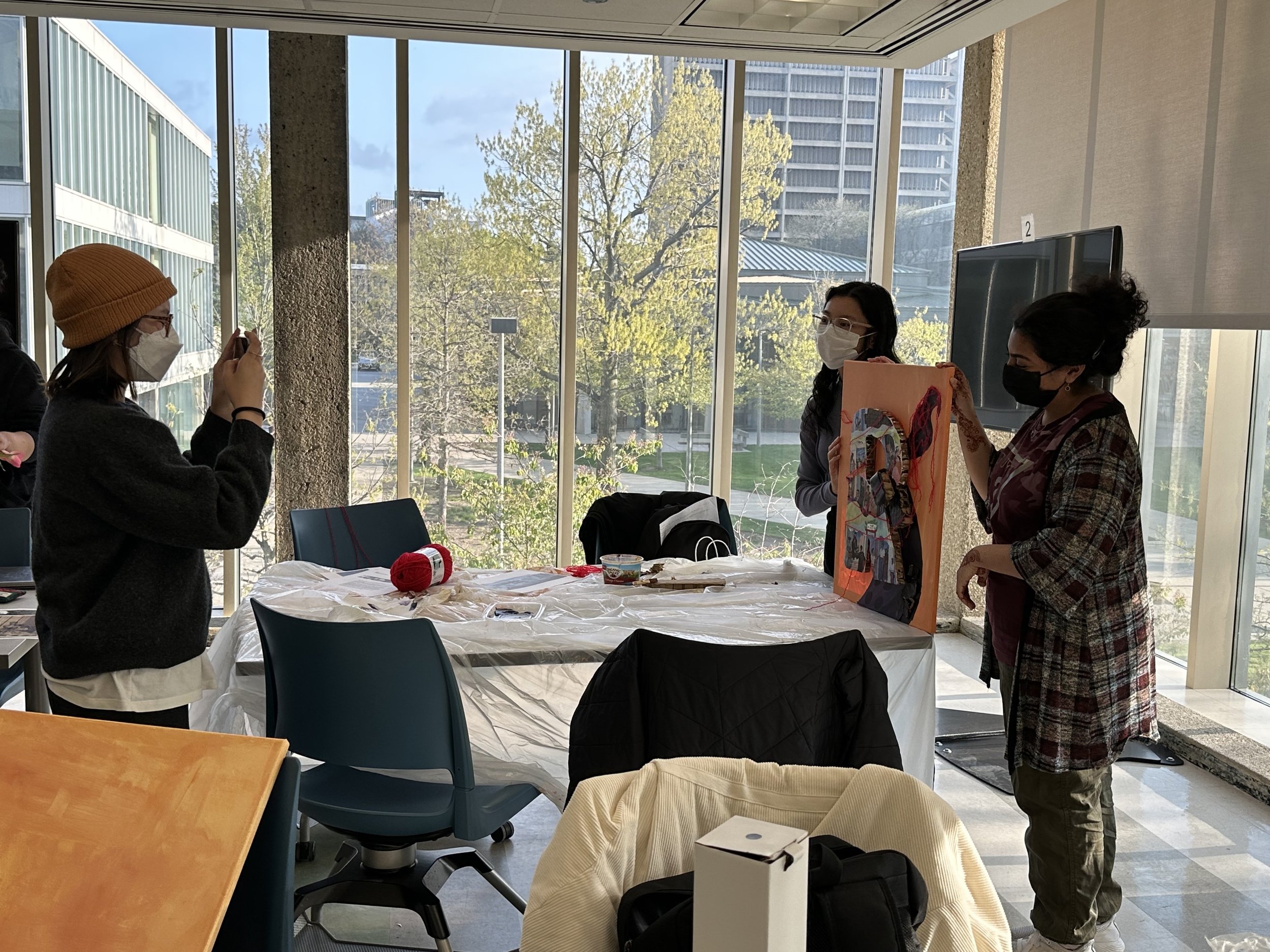




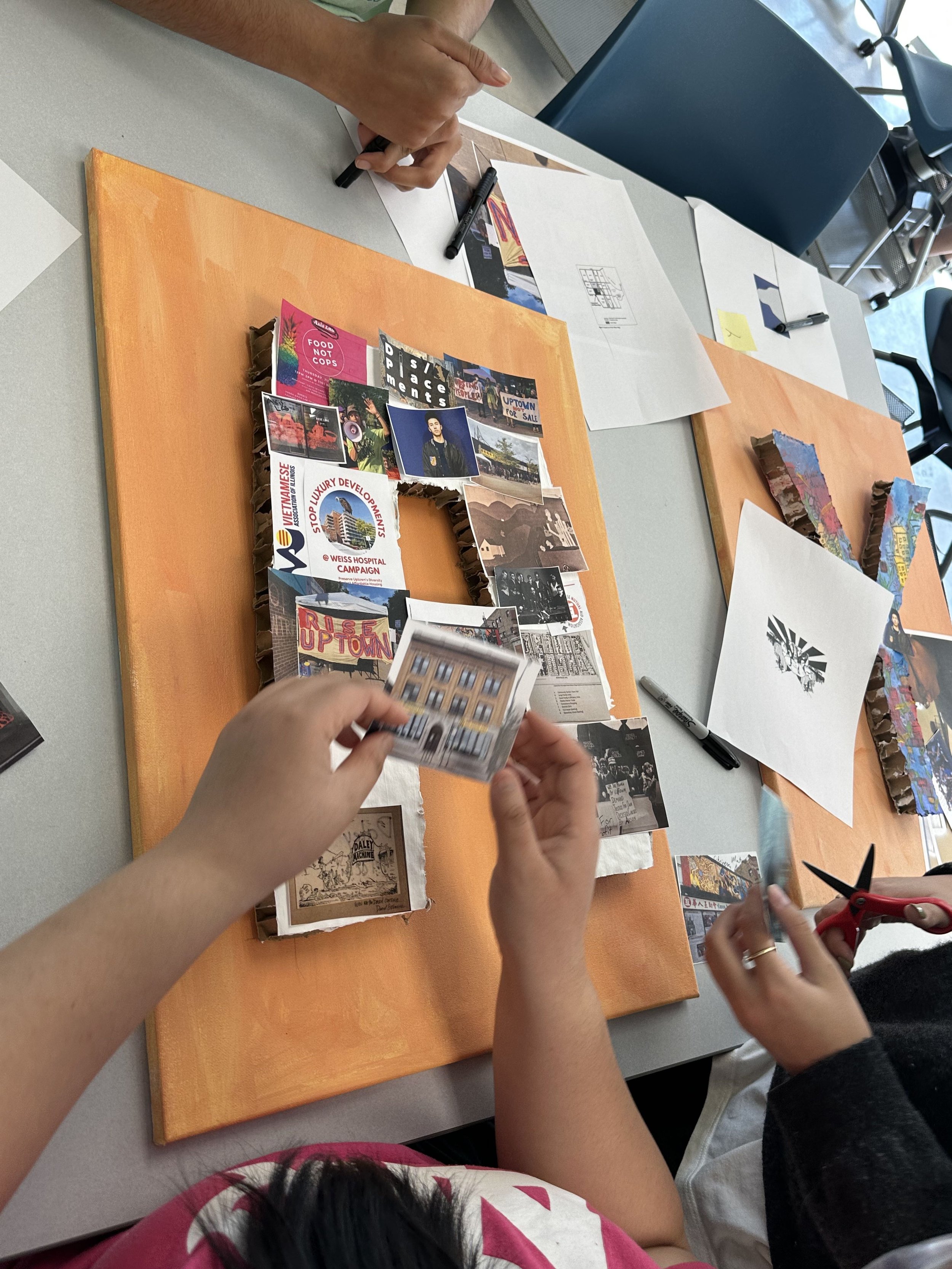



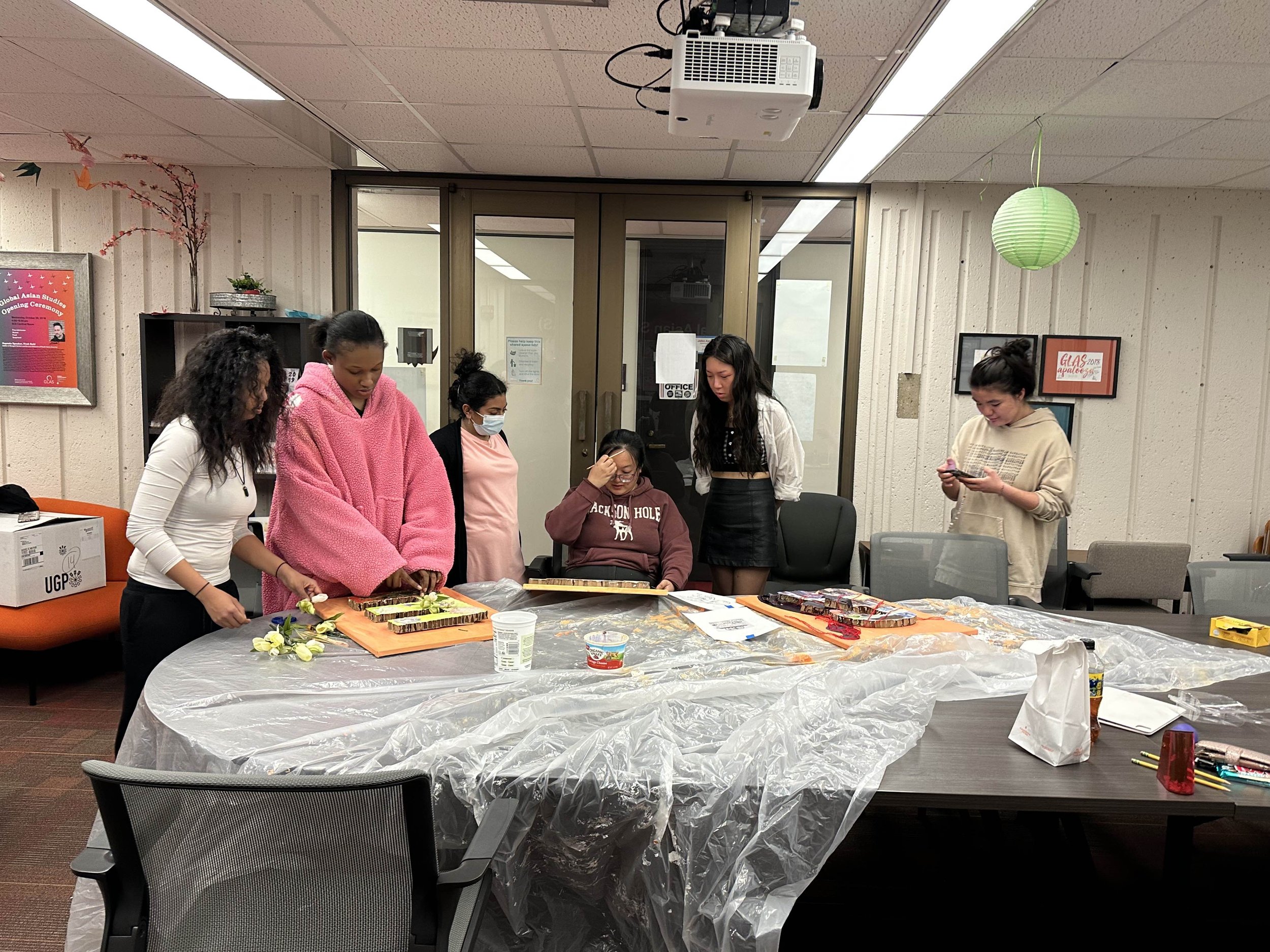
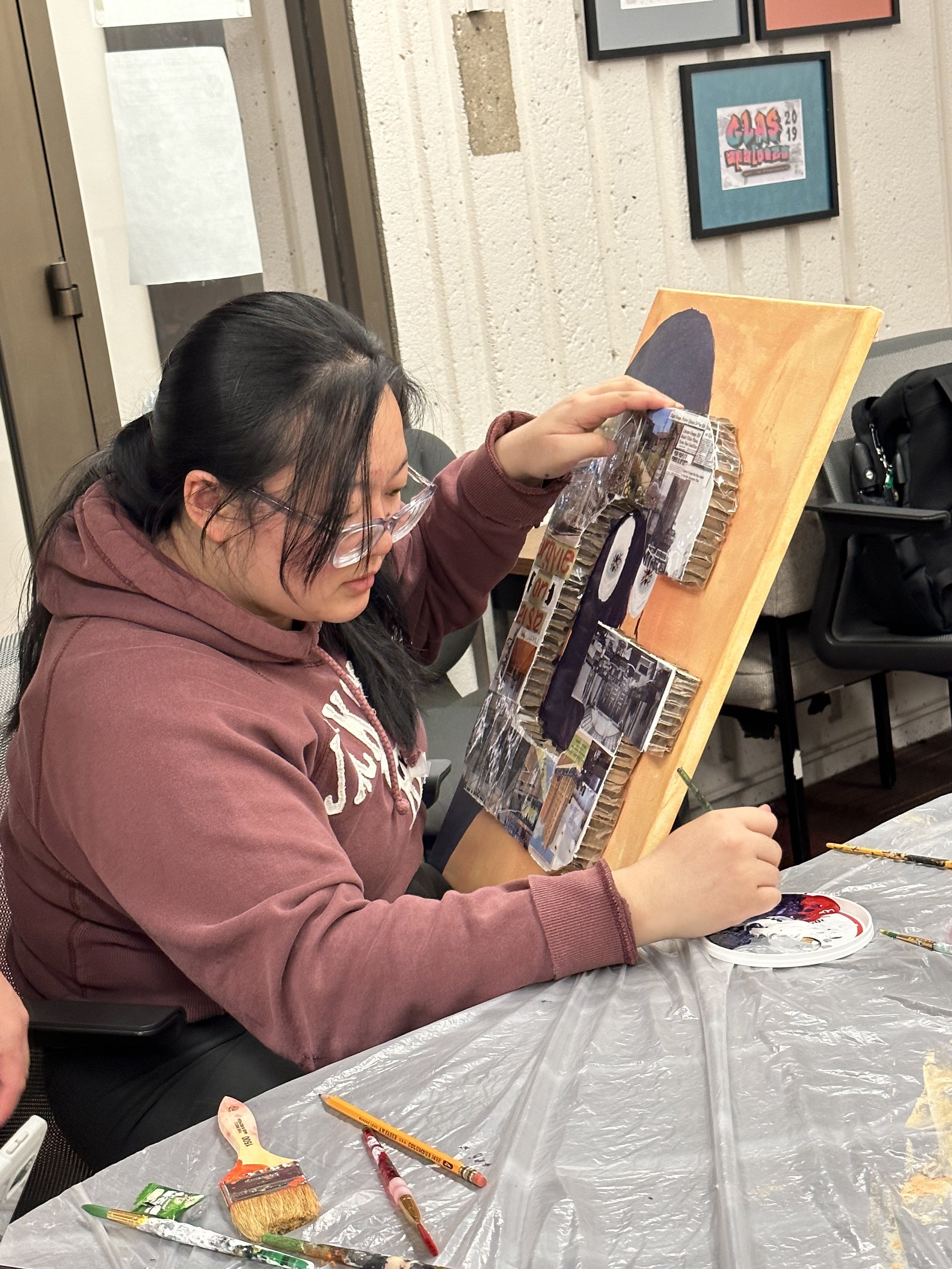

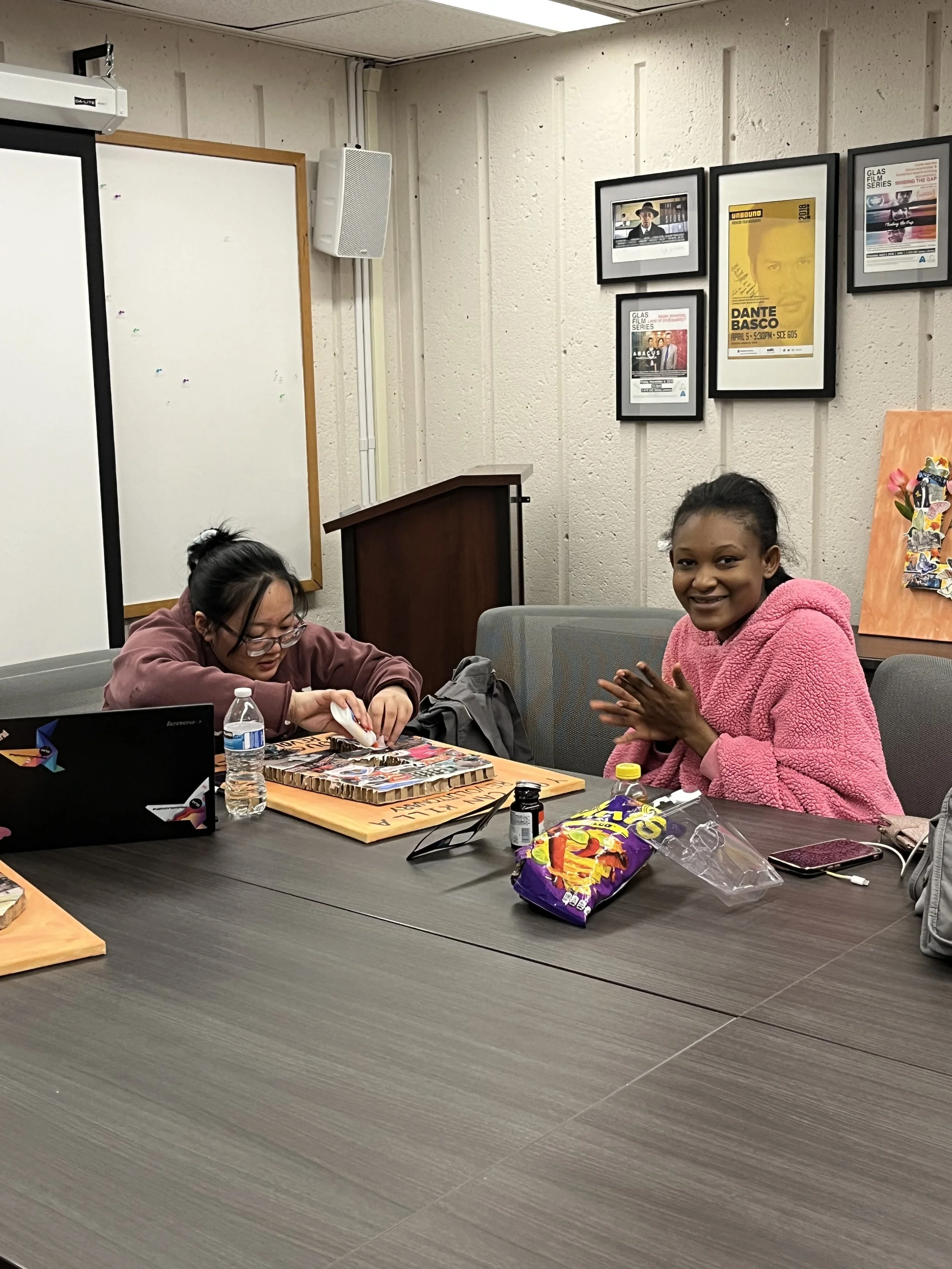








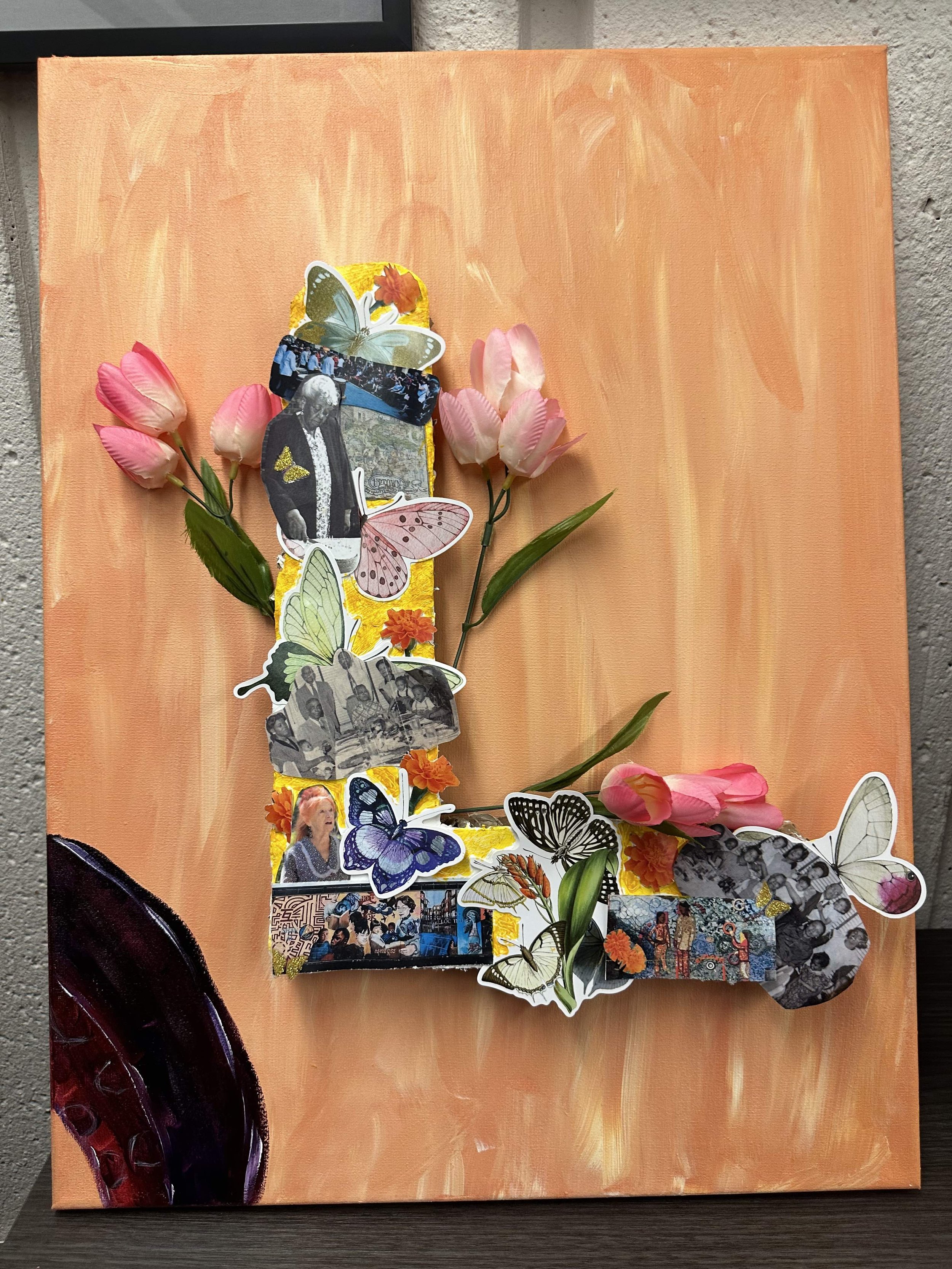




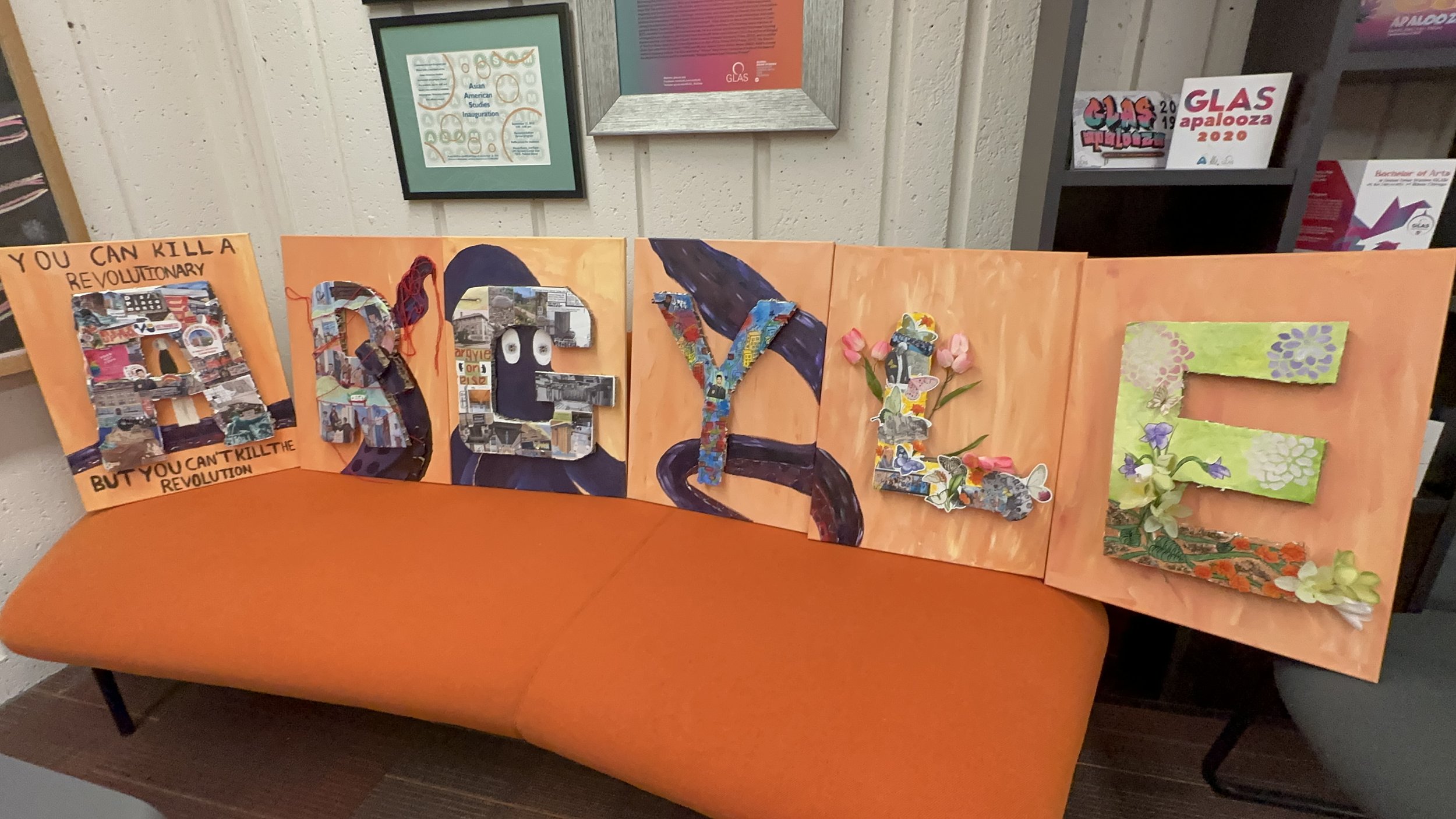
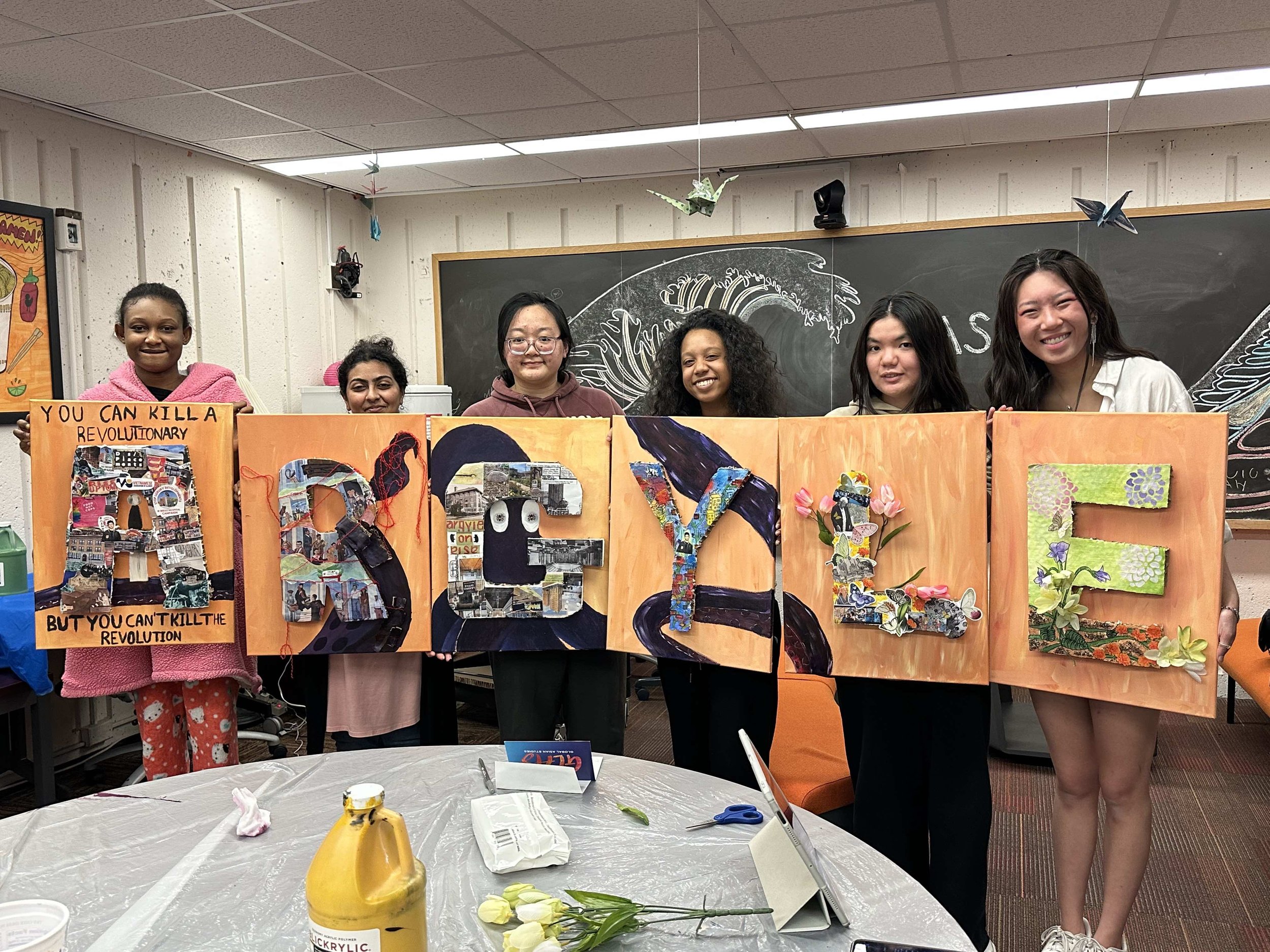
Stories of Uptown’s A.R.G.Y.L.E.
A Countermap
artist statement
by ASSMA ALI, HARINI MARCHADI, OLIVIA OBERHEU, AND ANDREA kaitlyn SY
Our motivations were to expose the versions of Argyle that may be overshadowed by mainstream narrative about this area. The modern, market-driven depiction of Argyle is one that centers tourism and urban renewal, and differs from our understanding of Uptown, of which Argyle is part. Our understanding of Argyle highlights Uptown’s long history of activism and resistance. We present a countermap of Argyle and envision each letter of “ARGYLE” to represent this history.
The “A” describes the “activism” of the Argyle community in fighting gentrification and the resulting displacement of working class communities. Showcased in the design are past and present efforts, layered on top of each other, to reveal the multiple generations of activism that are fluid and continuously evolving. We used cutouts of people to make the images pop-out and appear much more dynamic and life-like. The figures, organizations, and events on this letter include the Helen Schiller political cartoon, Fred Hampton, Rainbow Coalition, Chinese Mutual Aid Association, Rise Uptown with the Weiss Hospital protests, the Vietnamese Association of Illinois logo, John Vietnam Nguyen, and an Axis Lab mutual aid event. On the background of the canvas is a tentacle from an octopus representing the Chicago 21 Plan- a masterplan of urban removal in the 1970s. We added a sword going through the tentacle to represent the Uptown community’s fight to protect working class communities and communities of color from the threat of gentrification.
Argyle community members continue to take inspiration from each other and keep the revolutionary spirit of Uptown alive. In depicting this revolutionary spirit, the beat of the people is featured in the letter “R.” This letter represents the “Roots of Argyle” — a mural that depicts the rich immigrant history of Uptown. We included a couple of landmarks that are central in the lived experiences of these migrants in Argyle. The strings were utilized as a manifestation of the connections between the different multicultural generations of community members and the ways that they have influenced the neighborhood’s identity.
“G” for “gentrification” explains the appalling and drastic changes that have erased the much needed affordable housing in Uptown and transformed the area into a wealthier and whiter neighborhood. The design of the letter invokes the ways in which the gentrified Uptown is a distorted reflection of the true soul of the neighborhood. We frame the modern gentrification of the Uptown as backwards or upside down to signal the harm that came with the building of luxury developments in Uptown. We put the good things that were destroyed by the gentrification right side up, and at the top, to demonstrate their importance. We reconfigured the Asia on Argyle sign to further convey this aspect, while also utilizing a streetlight from the painting to shed light on the forgotten and erased history of Argyle. The octopus head on the background represents the Chicago 21 gentrification plan spreading its reach through various neighborhoods.
Remembering the contributions of the youth, the letter “Y” introduces the impact of the youth demonstrated through art and organizations built around resisting policies that ignore Argyle residents. For example, hip hop was a form of art that many youth used to express their point of view and experiences. The late emcee, poet, and activist John Vietnam Nguyen is a great example of this. This letter also emphasizes the youth’s power as change-makers and border crossers, a power that John Vietnam Nguyen exhibited.
“L” describes the wholesome community values that are described by the words “love/life” in order to highlight the true value of Argyle. We aim to emphasize the heart of the residents and how this counters the lifeless capitalist tactics that aim to destroy the warmth of Argyle. The butterflies used in the design are a play on a phrase said by Mama Sophie of the Winthrop family to describe the experiences of African Americans living in Uptown: “flies in buttermilk.” By utilizing the feeling of freedom evoked by the butterflies, we hope to bring forward a more positive image of love that the people represent, a love that is often concealed. In addition, this narrative serves as a contrast to the somewhat flattened depiction of what it means to live under adversity, instead highlighting what Saidiya Hartman refers to as “secondary rhythms.” While the people of Uptown have faced great suffering, they have also created love and community in the midst of this hardship.
Finally, the “E” stands for “empower” a word that reflects the mutual aid work taking place in Argyle. We included seeds on the letter’s texture to characterize our hope of planting seeds of advocacy. The textured design aims to encourage the viewers to embrace the experience of interacting with the countermap and any feelings it may prompt. The flowers represent the blooming of new life, while the butterfly represents transformation and hope. We hope that everyone who engages with our countermap comes away with the understanding that they all possess seeds of change. We believe that everyone is capable of making a difference and that the fight for social justice can start any time. All that is needed is for someone to take the first step.
Our countermap seeks to expose the truth of the past, present, and future of Argyle. We utilized the letters of Argyle to represent the multitude of aspects—presented in space and throughout time. Juxtaposing the warmth found in community with the harsh contours of gentrification, our map highlights the forgotten or ignored aspects of Uptown that are often rendered invisible and disconnected from Argyle. The history of resistance is memorialized in our work by community leaders standing against villainous greed, represented by the octopus of gentrification with its tentacles roped around Argyle and the surrounding community. We hope that we can follow in the footsteps of these leaders and advocate for the wellbeing of our neighbors.
Produced by the video documentation team: Liv Willbrandt, Malien Tingpalpong, and Beatrice Oladosu
Produced by the videodocumentation team: Malien Tingpalpong, Liv Willbrandt, and Beatrice Oladosu
